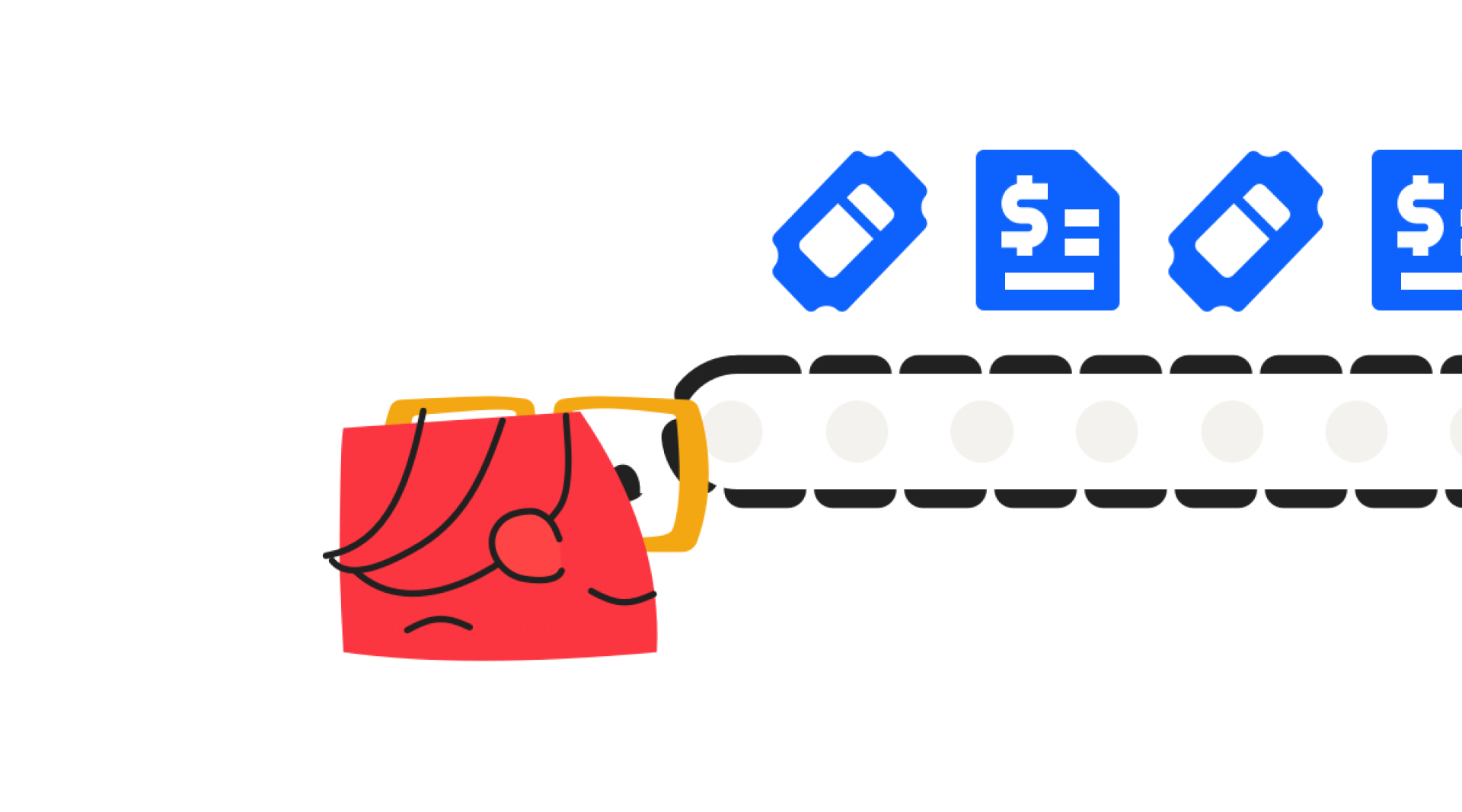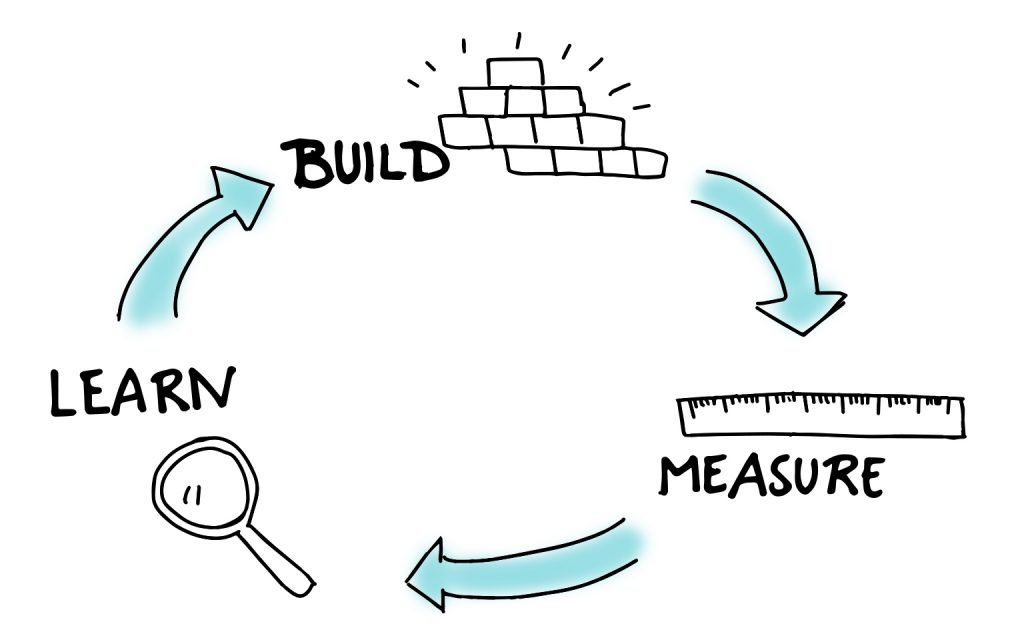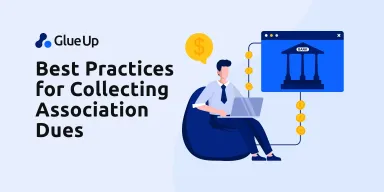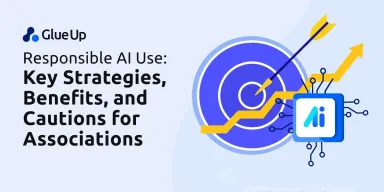
Associations typically move at a snail's pace. It comes from a good place. You want to make sure your programs deliver maximum value before they get off the ground. However, in the long run, it will waste your money over and over again.
But it doesn't have to be that way. Some associations have started developing at the radical pace of a lean startup and you should too. “The Lean Startup” is a methodology founded by Eric Ries. It's a way to run your company to maximize growth and minimize waste. It favors repeated experimentation over a long-term business plan. This way, a startup (or an association) can't fail by falling down the rabbit hole of a bad idea.
Some of your favorite startups (like Facebook, Youtube, and Quora) started lean and used an experiment-driven development process. Don't let your association fall stagnant developing a plan that might not work. Instead, use the lean startup method to iterate your ideas over and over again—knowing that you'll hit gold eventually. Here's how.
The Lean Startup Cycle: Build-Measure-Learn
“The fundamental activity of a startup is to turn ideas into products, measure how customers respond, and then learn whether to pivot or persevere,” Ries explains. By focusing on accelerating this cycle, startups (and associations too) don't have to waste the time or money pursuing the wrong ideas.
Ries breaks down this cycle into three easy steps: build, measure, learn. Together, the steps create a feedback loop that powers the engine of a lean startup. It works like this.
- Build. Create a Minimum Viable Product or an initial version of what you're offering.
- Measure. Analyze the Minimum Viable Product's success by gathering qualitative and quantitative data.
- Learn. Synthesize the data to decide a) whether the Minimum Viable Product is worth pursuing, and b) how to improve upon it if it is.

By using a short Build-Measure-Learn cycle, you can iterate over and over again. Following the cycle allows you to improve upon what you have, while collecting feedback in real-time—or scrap what you have entirely and start something new without wasting too many resources. Applying this cycle to your association will give you the room and resources to take bigger risks, and reap bigger rewards.
Build Your Association's Product
Building the Minimum Viable Product (MVP) is the first step in the cycle. LEANSTACK, a collection of tools that assist lean startups, defines an MVP as “the smallest thing you can build that delivers customer value.”
According to lean startup expert Henrik Kniberg, that means, that if your customers need a way to get around, you don't build them a car first. You start with a skateboard (the Minimum Viable Product), get their feedback, and iterate from there.

As an association, you might not think you're creating a product. But you're trying to create something that delivers value - just like a lean startup is trying to give value to their customers. Even though your product might not be tangible, or for sale on the open market, it's still a product. Career networking events provide the connections you need to get ahead, professional development sessions provide opportunities to expand your career, humanitarian initiatives provide a service to those in need.
It's important to create a Minimum Viable Product for these kinds of programs so that you're asking the question “Should we do this?” rather than “Can we do this?” You shouldn't spend months planning a career development series for your members only to have no one show up because they've already learned the skills you're offering. Throwing together an MVP is the best way to know if you've made something your members want, or if you're wasting your time.
Real Example: How to Build Minimum Viable Product

The National Council of Architectural Registration Boards (NCARB) spent six months working with a user interface consultant on their new online reporting system—and three years after deployment, less than 2% of their customers use the system. They wasted tons of resources on a system that no one needed. A project like this makes them the poster child for needing to adopt lean methods.
Recently, the NCARB made an MVP for a real-time contact feature on its site. The prototype was clunky. When a site visitor wanted to contact their association, a staffer would get an email that let them know to call the site visitor. Even though this wasn't a sustainable prototype, it tested the waters to see if members actually wanted to use the feature—and they did!
Tools to Help You Grow Your Association
Throwing together an MVP can be hectic and new for associations. Here are some tools to help you accomplish it.
- Teamwork Projects When you're throwing together a program, it's important to make sure everything you've planned actually gets done. A project management software app like Teamwork Projects can help your team keep track of each task and who's responsible for what. The Teamwork productivity suite also has a live chat function, so you don't have to call a meeting every time you want to make a decision.
- Huddle Cloud storage products like Huddle keep everyone's work accessible—so you'll never be out of the loop. Huddle combines file sharing, collaboration, and project management so that you can get to (and edit) every document or project at the push of a button.
- Association & Chamber Management Cloud This management tool from Glue Up helps you increase your team's efficiency by integrating project management tools with CRM, email marketing, event and membership management. What's best, everything is connected, so you have all your data in one place.
Measure if Your Association's Product Is Working
The measurement process, the second part of the Build-Measure-Learn cycle, tests the effectiveness of your MVP. Your MVP is a hypothesis. You think your customers or members need something and the measurement step analyzes whether or not that hypothesis is correct.
Once you have an MVP it's easy to get excited about what you've created and experience confirmation bias, but rigorous analysis will prevent your team from going down the rabbit hole of executing a program without a good reason. In the measurement step, you collect qualitative and quantitative data about your initiatives.
For an association, that could be a number of opened emails for your marketing initiative, attendees at your networking event, or member feedback for a service program.
By doing a rigorous analysis for each of your MVPs, you can make sure you're getting an honest and true assessment of what you need to improve. As Eric Ries says, whether to “pivot or persevere.” Real Example: How the IEEE Uses Feedback and Data Analysis
Real Example: How the IEEE Uses Feedback and Data Analysis

The Institute of Electrical and Electronic Engineers (IEEE) tested an MVP of their Blended Learning project, to see if there was a need for educating engineers in India. They used primary and secondary research to develop an MVP for their educational program and met to discuss how to execute their plan. “We had literally hundreds of post-its with data points on the wall,” Karen Hawkins, Senior Director of Product Design, said.
Once they had validated their MVP, they found local partners in India and created a soft launch of their educational program. They then invited students and faculty in Bangalore to take their courses and offer their feedback, before they officially launched.
Analyzing your progress using feedback and data is helpful to check your progress and make sure you're headed in the right direction at every stage. The quick cycle of the lean startup method lets you do so in real time. But measuring and learning from your programs is certainly different from measuring the success of an app.
Ways to Apply Analysis to Your Association
- Website analytics. Analyzing who's coming to your website (and out of those visitors, who's signing up for your programs) can be helpful. This way you can see if your programs or marketing materials are connecting with your visitors. Tools like Amplitude can break down the results into easy-to-interpret graphics. So you don't have to be a data scientist to understand them.
- Feedback surveys. Getting feedback from members who attended a Minimum Viable Program through a survey tool like Qualaroo or SurveyMonkey is key to knowing what you can improve on next time. This qualitative data allows you to answer specific questions you might have, and even acquire feedback in your members' own words.
- Event management software. Event management software can track who signed up for your event, and who showed up. Tools like Glue Up's Event Marketing Cloud allow you to track engagement for individual members, and send out a personalized targeted promotion. By tracking these efforts, you can look at long-term data to see if your initiatives are working.
Learn Whether to Expand or Cut Your Product...
The third stage of the cycle, learning, is when you implement your findings. No matter what happens—whether you trash or expand your Minimum Viable Product. You've taken a step forward in knowing what your members need. Even if your initiative was a complete failure, remember that it's better to fail fast and get right back up again. When your MVP fails, it fails without wasting too many resources. And when it succeeds, you've got the feedback to know what to do better next time.
The lean startup techniques to grow association are a cycle, which is exactly why they work. The cyclical nature of the lean startup method should be exciting rather than be discouraging. At the beginning of every cycle, you've got a low-risk opportunity to revolutionize your association.



